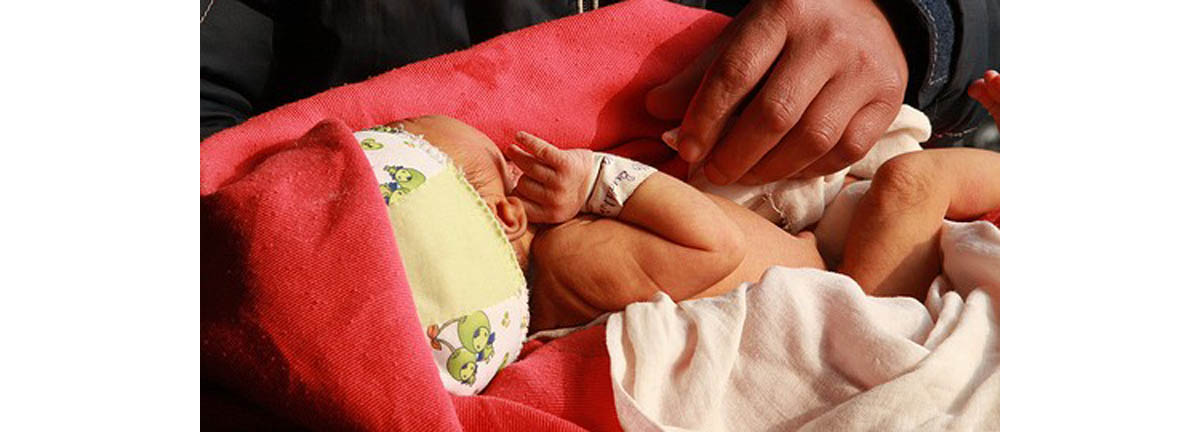About 20% of all men have a vascular condition known as varicocele. About 40% of all infertile men have varicocele.

A varicocele is a problem with the "plumbing" of the circulatory system that leads to the testicles. It is essentially a varicose vein in the scrotum.
Unlike varicose veins in the legs, a varicocele can appear to come and go. It is more visible, and more likely to give a man a feeling of "swollen balls," when he is standing up. Both the visible vein and the feeling of fullness may disappear when he lies down.
Like any other kind of varicose vein, a varicocele sends blood in the wrong direction. Unlike other kinds of varicose veins, a varicocele is not usually the result of aging and weakening blood vessels.
Varicocele and the "Nutcracker"
That is because a blood vessel called the renal vein, carrying blood back to the heart from the testicles, is compressed in what anatomists sometimes call the "nutcracker" position. It is squeezed in between two major arteries, the aorta and the superior mesenteric artery.
The renal vein connects to the testicular vein, which carries blood away from the testicles. Because there are only weak antireflux or "back up" valves protecting the testicular vein, blood flow becomes stagnant in the testicles and, supposedly, sperm production may be diminished.
Many sources say that varicocele is caused by the absence of valves in the testicular vein, but in almost all cases the valves are just "leaky." Because of the angle at which the testicular vein and the renal vein meet, varicocele is usually visible on the left side rather than the right, but circulation is reduced to both testicles.
Surgical Correction of Varicocele
Varicocele is corrected by a surgical procedure called a varicocelectomy. Unlike the "stripping" procedure used to correct varicose veins in the legs, varicocelectomy usually involves blocking the flow of blood through the testicular vein so circulation drains out of the testicles through other channels.
Typically the procedure involves embolization. The surgeon introduces a tiny pipe called a catheter into a vein easily accessible from the outside of the body and threads it to the testicular vein. A small amount of boiling iodine solution or alcohol, or a metal coil is inserted into the vein to block blood flow.
Varicocele results in shrinkage of the varicose vein about 90% of the time. When blood flow is blocked, there is no longer an accumulation of blood in an area called the pampiniform plexus and the temperature of the testicles is slightly lowered.
What Is the Problem with Varicocelectomy?
The problem with the procedure is that the best estimate of the chances of success for the operation is the age of the female partner. If the age of the female partner is not taken into consideration, about 33% of couples in which the male partner has the procedure become pregnant within one year. About 36% of couples in which the male partner receives counseling only become pregnant within one year.
Surgical correction of this relatively common "nutcracker" condition is no guarantee for men to become fathers, but that does not keep thousands of doctors from recommending the procedure to tens of thousands of infertile men every year.
Varicocelectomy is a procedure that some specialists believe is performed on men who don't need it without any real guarantee of success. There usually are ways for men who are not completely infertile to become fathers, but precious years and huge amounts of money can be wasted before more effective procedures are tried.
Fact And Fiction About Varicocele
If you have been told you have varicocele and you need surgical correction, can you really expect the procedure to help you become a father? Here are five myths to dismiss as you make your decision.

1. Surgical correction of varicocele makes your balls bigger.
When vascular surgeons first started making varicocele correction generally available, most of their patients were boys who were just hitting puberty. In young teens and pre-teen males, correcting circulatory problems makes a measurable difference in testicle size.
In adult men seeking treatment for infertility, however, testes size (the testes being the reproductive organ in the testicle, covered by the scrotum) is not usually the issue unless there is insufficient secretion of a hormone called follicle stimulating hormone, or FSH. Men who develop varicocele after adolescence usually have testicles of normal size.
2. The more visible the vein, the more urgent it is to have it repaired.
Men who have varicocele are more likely to be infertile, but the size of the varicocele actually has no relationship to semen quality. Whether the vein is obvious on visual inspection, when the doctor feels the testicles, or only when the man is bearing down hard on his peri-anal muscles, size actually does not matter.
3. Varicocele is caused by taking cold showers.
While taking a cold shower does cause the scrotum to contract, and it is necessary for the examination room to be warm for the doctor to be able to find a varicocele, cooling the skin does not reduce the production of sperm. In fact, because overheating the testes is more likely to be a problem, taking cold showers might slightly increase the production of healthy sperm, and taking hot showers might slightly reduce it.
4. If you don't fix a varicocele now, you will experience even greater problems with infertility later.
While it may seem logical that circulatory problems would lead to deterioration in testicular tissue as a man ages, only one study found any evidence at all that this actually happens, and this study found that it was sperm concentration that diminished over time, not sperm viability. That is, the sperm continued to be active, but it would take a greater volume of semen to increase the likelihood of conception. Couples usually have more difficult conceiving as they get older, but this may also be due to changes in female fertility.
And the most important myth about varicocele is the most often quoted myth about varicocele.
5. Surgical correction of varicocele increases the likelihood a man will become a father.
Amazingly, numerous studies confirmed that varicocelectomy increased various measures of semen quality (typically increasing sperm concentration in semen 30% to 60%), but until December of 2012 no study ever confirmed that couples are more likely to become pregnant after the male partner has varicocele correction.
An article published in January of 2013 announced findings of a study that the operation is helpful when the underlying problem in the man's infertility is DNA fragmentation (broken strands of DNA) in his sperm. Even this study, however, did not find that the procedure necessarily results in more healthy births.
If you aren't going to have an operation for varicocele, then what is there to do? The data show that it actually usually works out better just to try to conceive in an informed fashion, it is always best to seek other, more appropriate medical interventions. If pregnancy does not occur after a year of trying, it is always best to seek a doctor's help.
- Chung E. Andrology - Reproductive years and beyond. Aust Fam Physician. 2012 Oct. 41(10):758-61.
- Smit M, Romijn JC, Wildhagen MF, Veldhoven JL, Weber RF, Dohle GR. Decreased Sperm DNA Fragmentation After Surgical Varicocelectomy is Associated With Increased Pregnancy Rate.J Urol. 2013 Jan. 189(1 Suppl):S146-50. doi: 10.1016/j.juro.2012.11.024.
- Photo courtesy of worldbank n Flickr: www.flickr.com/photos/worldbank/3427797012
- Photo courtesy of claudiaregina on Flickr: www.flickr.com/photos/claudiaregina/6243085817

